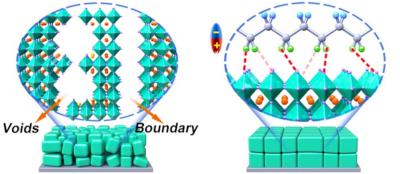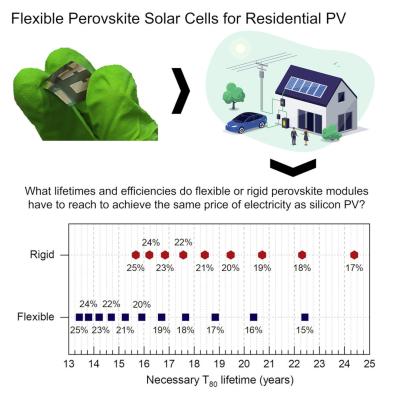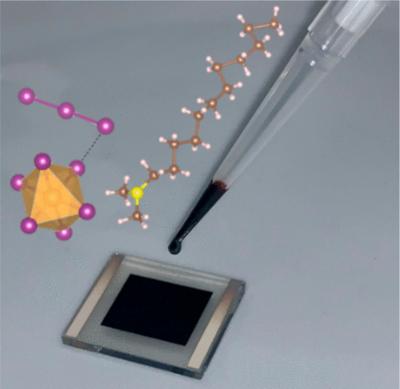Researchers obtain direct visualization of structural dynamics in monocrystalline 2D perovskites
Scientists at Rice University, INSA Rennes, SLAC National Accelerator Laboratory and Northwestern University have managed to directly visualize the structural dynamics in monocrystalline 2D perovskites. While researchers already knew the atoms in perovskites react to light, direct visualization of these reactions is considered a long-standing challenge. Now, it's been made possible to see precisely how those atoms move.
The team's study details the first direct measurement of structural dynamics under light-induced excitation in 2D perovskites. “The next frontier in light-to-energy conversion devices is harvesting hot carriers,” said Rice University’s Aditya Mohite, a corresponding author of the study. “Studies have shown that hot carriers in perovskite can live up to 10-100 times longer than in classical semiconductors. However, the mechanisms and design principles for the energy transfer and how they interact with the lattice are not understood.”


